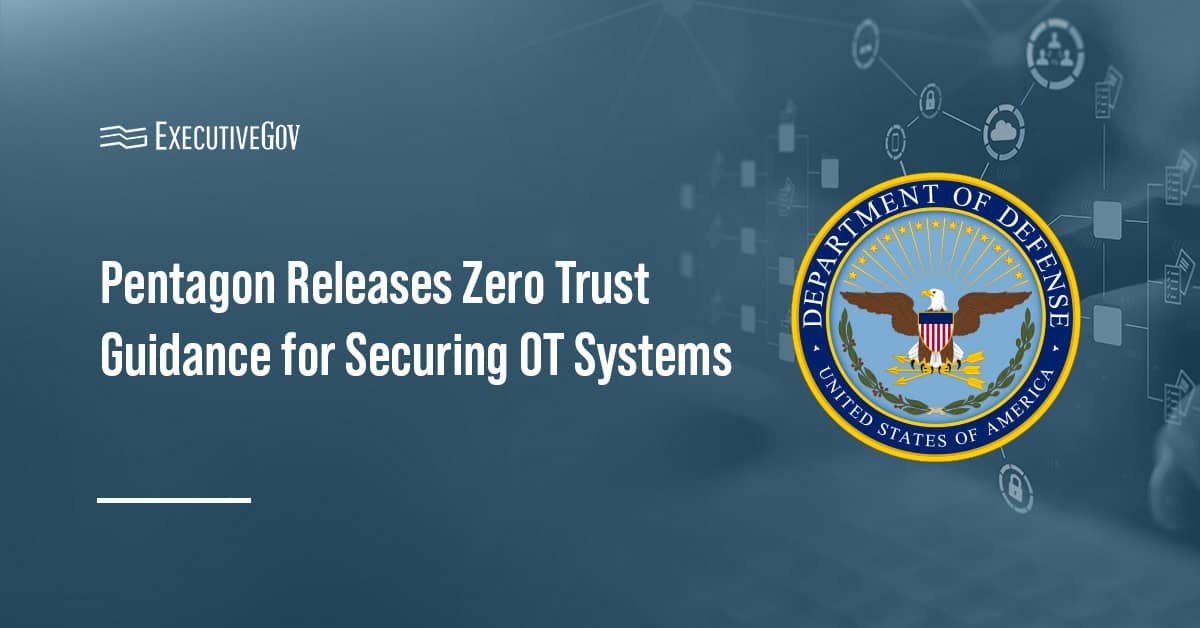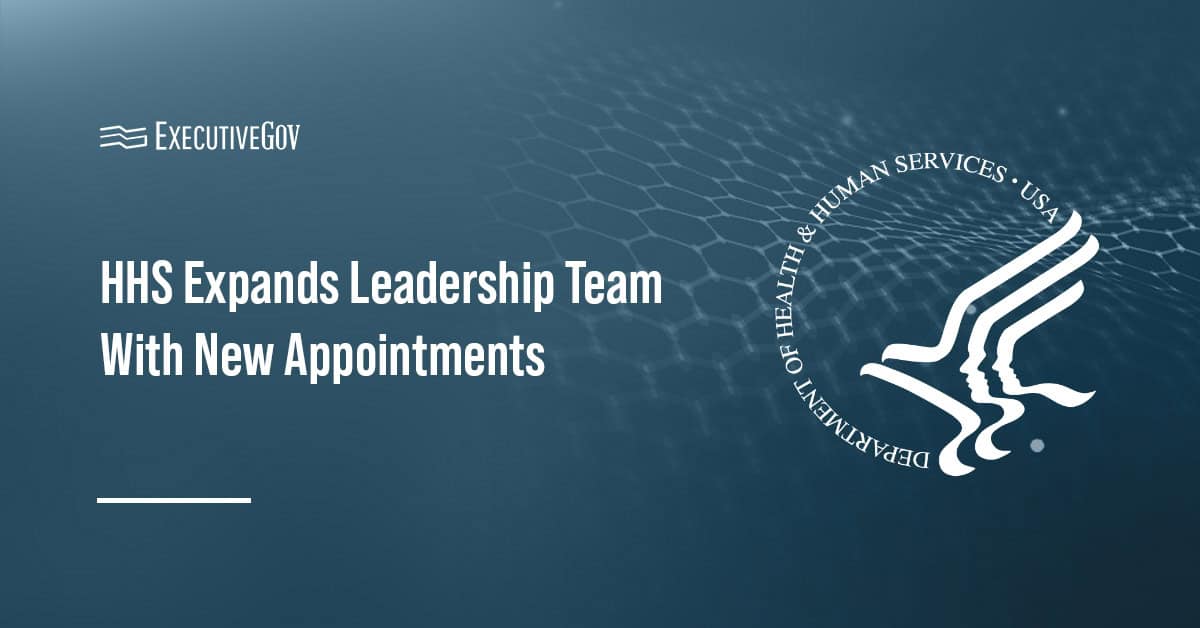 Lt. Gen. John Wissler, head of the Marine Corps Forces Command, said the U.S. Navy and U.S. Marine Corps have committed to deploy a marine expeditionary unit to the Asia Pacific to patrol the region, DoDBuzz reported Wednesday.
Lt. Gen. John Wissler, head of the Marine Corps Forces Command, said the U.S. Navy and U.S. Marine Corps have committed to deploy a marine expeditionary unit to the Asia Pacific to patrol the region, DoDBuzz reported Wednesday.
Hope Hodge Seck writes the commitment is part of the services’ plan to position an amphibious ready group with three ships and approximately 2,500 marines and sailors in the Pacific by 2019.
Wissler said during a discussion at the Center for Strategic and International Studies that the amphibious group will build on the capacity of homeported ships in Japan and conduct multiple 90-day patrols in and around the Asia Pacific.
The commander added the deployment strategy primarily aims to establish additional presence in southern Asia, Seck reported.





